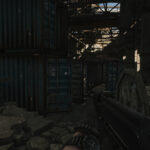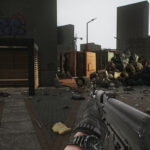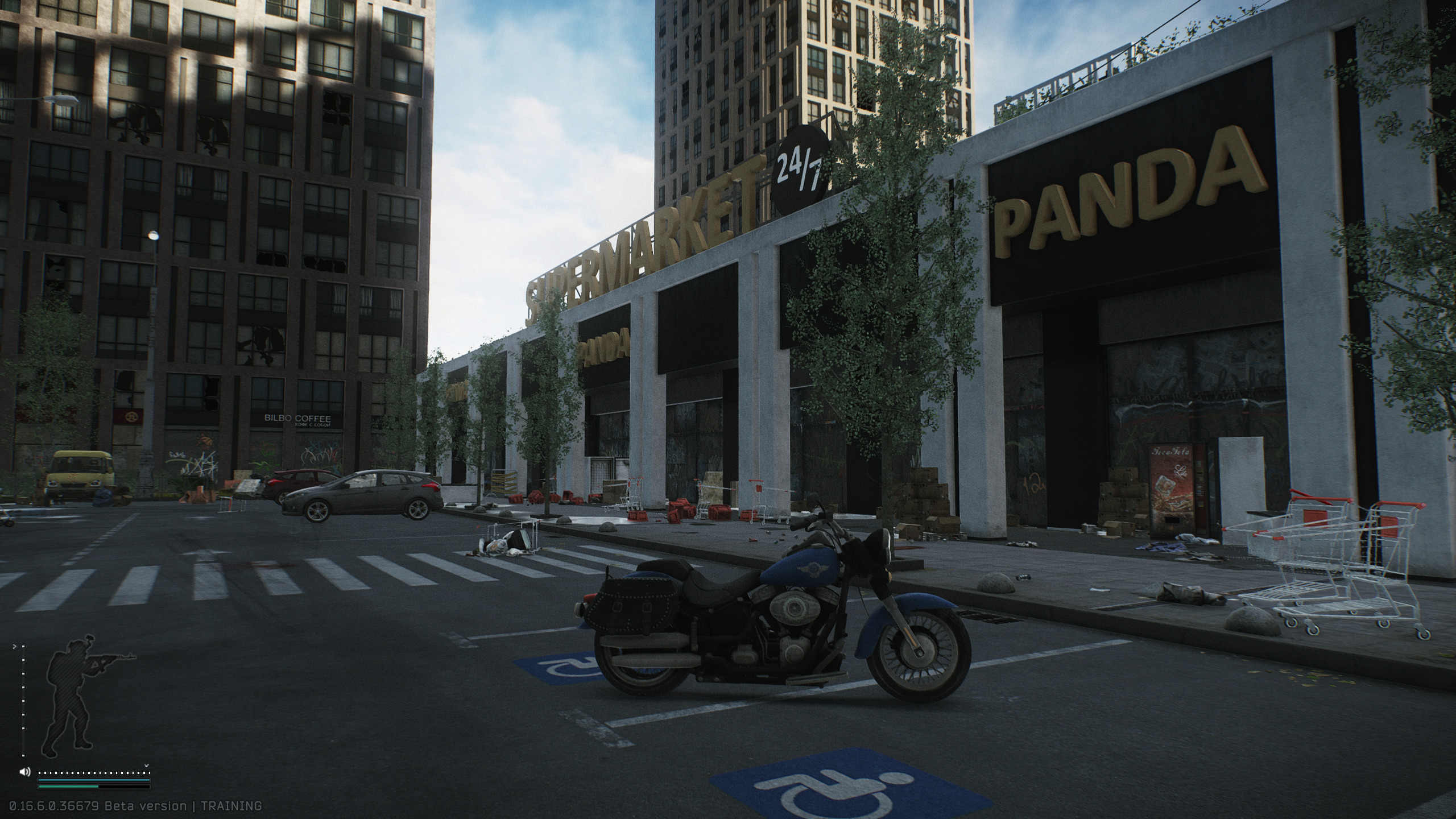Introduction
The flea market in Escape from Tarkov is a vibrant and player-driven economy where savvy traders can find great deals or make significant profits. However, fluctuating prices and intense competition make it essential to know how to navigate the market effectively.
Whether you’re gearing up for a dangerous raid, completing a high-stakes quest, or simply looking to flip commodities for profit, knowing when and how to shop can save you money and improve your raid readiness. In this guide, we’ll delve into strategies that range from long-term market observation to split-second decision-making—helping you avoid overpriced listings, spot hidden bargains, and ultimately get the most value from every ruble spent.
Understanding Market Dynamics
Flea market prices in Tarkov ebb and flow based on a complex interplay of supply and demand, popular player trends, and in-game events. Major patch updates often introduce new weapons, mods, or mechanics that can send certain items skyrocketing in price overnight. Conversely, after a popular quest cycle ends, you may see a glut of quest-specific loot hitting the market, leading to steep discounts.
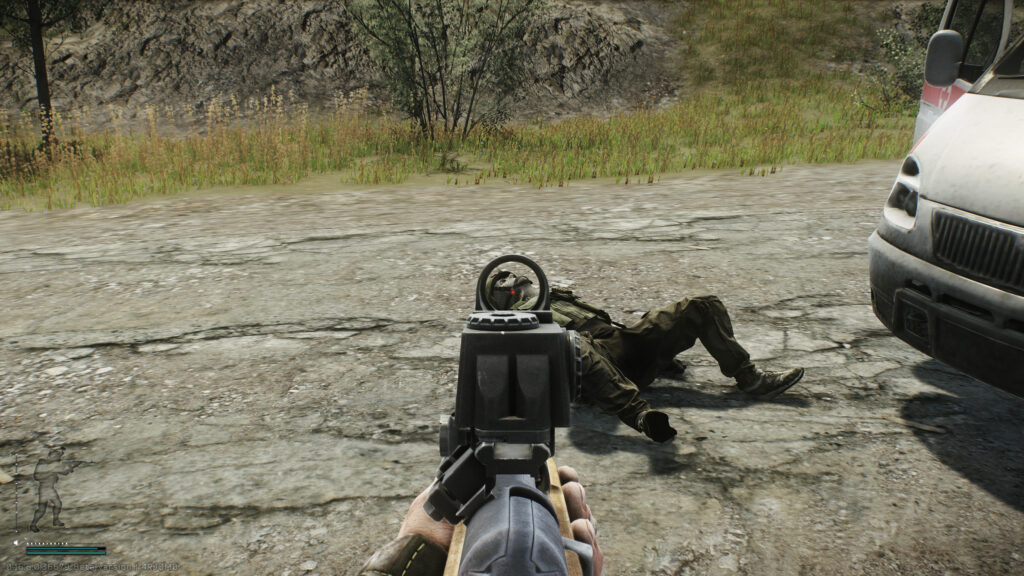
Seasonal events—such as Halloween or anniversary celebrations—can also shuffle the board, adding rare items into circulation or temporarily boosting demand for others. To stay ahead of these fluctuations, lean on reliable external price trackers that update in real time, participate in community forums where traders share insights, and watch for patch notes that hint at upcoming meta shifts. With a finger on the pulse, you’ll know exactly when to strike.
Best Times to Buy and Sell
Timing your flea market activity can significantly affect both your purchase costs and sales margins. Generally, off-peak hours—late at night or early morning in your time zone—mean fewer active buyers, which can translate into lower ask prices as sellers clear out inventory. In the hours immediately following a major wipe or patch, you might also encounter fresh stock before prices have fully adjusted to new player demand.
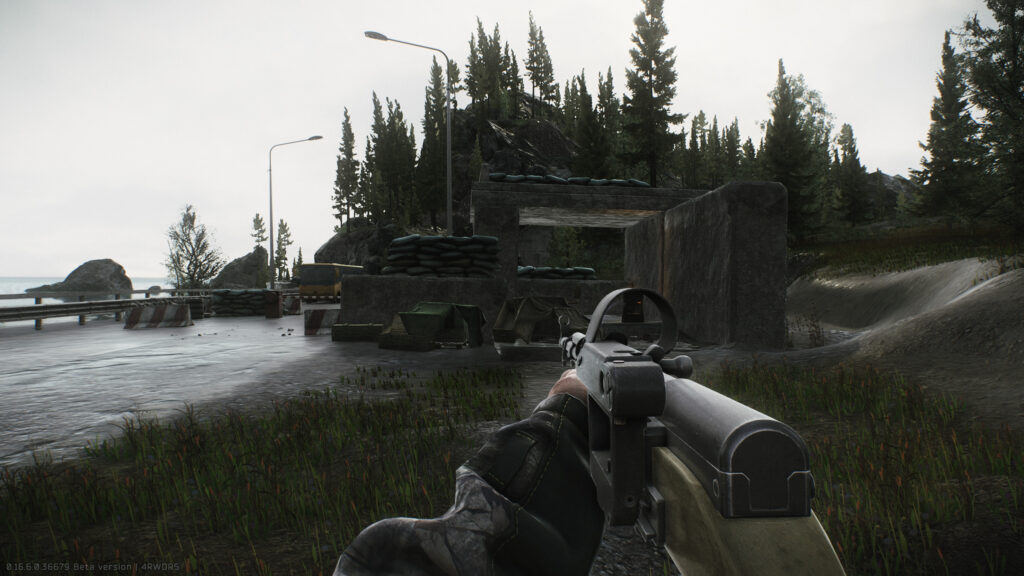
On the flip side, mid-day and weekends often see increased traffic, with more players desperate to secure scarce items—ideal for posting your own high-value listings. Don’t overlook trader reset times and weekly quest cycles; aligning your sales just before a trader price reduction or a high-profile quest release can net you a premium. Above all, patience pays: waiting a few hours or days for the right moment can often yield better deals than impulse buys or sales.
Using Filters and Sorting for Efficient Shopping
Mastering the flea market interface is about more than just clicking the “Buy” button—it’s about slicing through the clutter to zero in on prime listings. Start by sorting items by price in ascending order to immediately spot underpriced entries, then layer on filters for item condition (to avoid damaged or “as-is” sales), seller loyalty (higher rating often indicates faster delivery and fewer scams), and barter-only options (for players flush with barter materials).
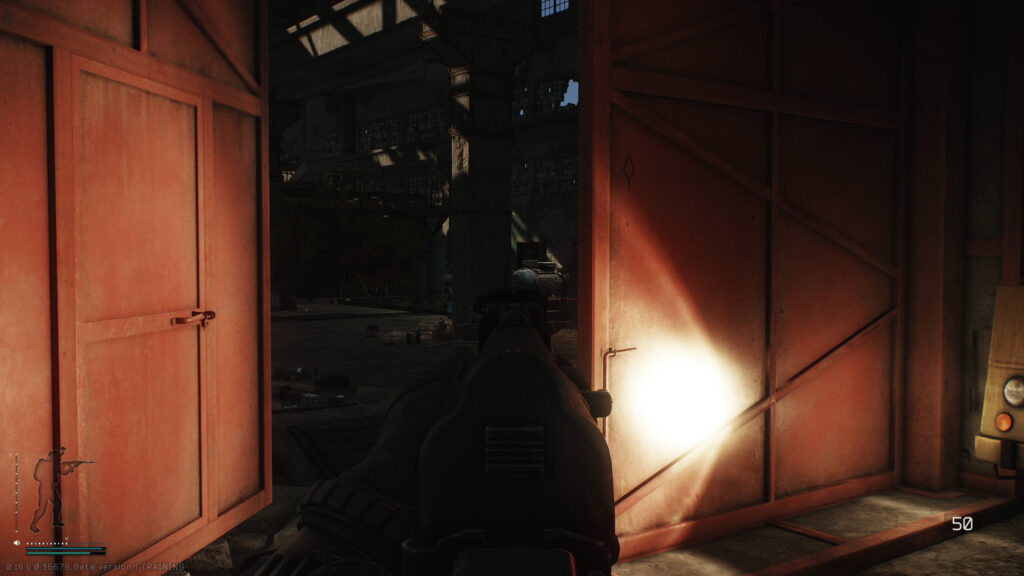
You can also set maximum purchase quantities and price caps to automate your searches—ideal for when you’re farming dozens of identical components. For quest items or high-volume commodities, create multiple saved searches with different parameter combinations. Regularly refreshing these searches—every minute or two—can help you pounce on new bargains moments after they’re posted, beating out other sniping merchants.
Negotiation and Buyout Strategies
Not all transactions need to go at sticker price. Many sellers leave their listings open to price offers—this is your opportunity to haggle for a better deal. A good rule of thumb is to start your offer around 5–10% below the listing price, especially if the item has lingered on the market for hours or days. If the seller counters, you can inch up incrementally until you hit a mutually acceptable point.
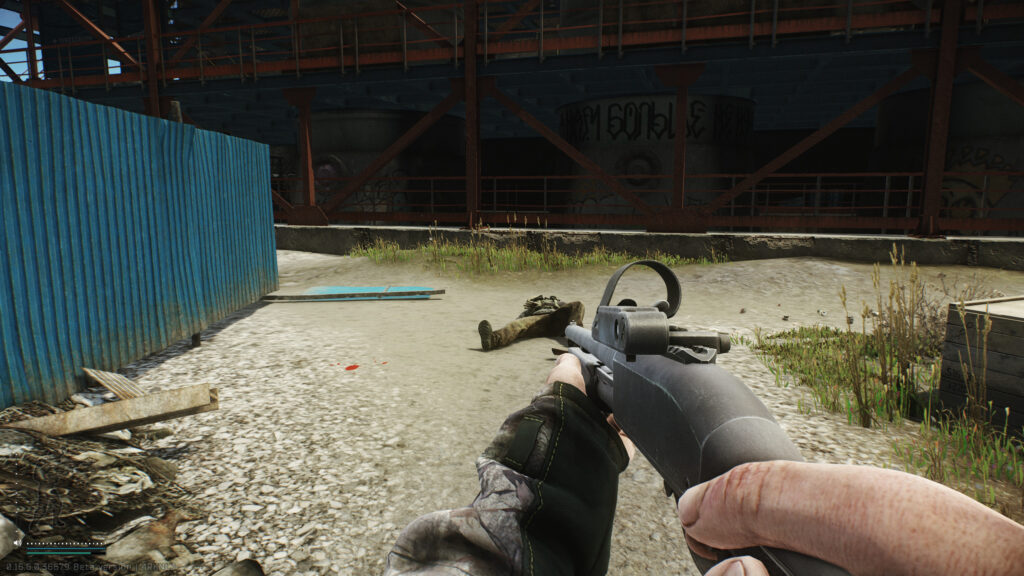
For hyper-rare or urgently needed gear, a buyout ensures you secure the item instantly, though you’ll often pay a premium. Balance these tactics by assessing both the rarity of the item and your current urgency: if you can afford to wait, negotiation is almost always the cheaper route; if a quest or raid hinges on that one mod or ammo type, the buyout might be worth the extra rubles to avoid a costly failure. Over time, you’ll develop a sense of where each item’s real market floor lies—and be able to spot overpriced buyouts at a glance.
Tips for Getting the Best Flea Market Deals
| Tip | Description | Benefit |
|---|---|---|
| Monitor Market Trends | Use price trackers, patch notes, and community discussions to stay updated | Identify price spikes and dips before the crowd |
| Time Purchases | Shop during off-peak hours and patch windows; sell at peak demand | Maximize savings on buys; optimize profits on sales |
| Use Filters | Sort by price, condition, seller rating, and barter options | Quickly find quality deals and avoid bad listings |
| Negotiate Prices | Make offers below asking price for long-standing listings | Reduce your purchase cost with minimal effort |
| Balance Buyouts | Choose buyout or negotiation based on rarity and urgency | Secure critical items efficiently without overpaying |
Conclusion
Mastering Tarkov’s flea market goes beyond simple item trading—it’s about understanding a living, breathing economy and using strategic thinking to outmaneuver other players. By combining macro-level market monitoring with micro-level tactics—such as savvy filtering, timed purchases, and skillful negotiation—you’ll not only save rubles but also equip yourself more effectively for each raid.
Over time, these skills compound, allowing you to build wealth, gear up faster, and maintain a competitive edge. So log in, refine your searches, and let the market work for you—your next great deal is waiting just a few clicks away.




